In both cases, you barely see anything in lettuce grower Aqua Grow's greenhouse in Almere, but there are two innovations hidden ‘between’ the hydroponic lettuce. And there is another development coming. Enough reason to visit the greenhouse with Johan van de Voorde, while growers Cees and Herman van der Pol deal with the cultivation.
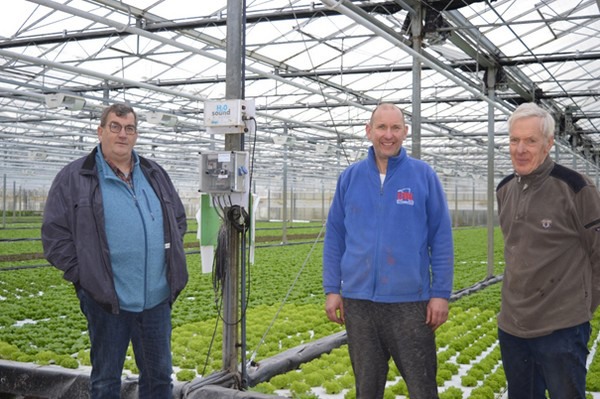 Johan, Cees, and Herman next to one of the H2O units and in front of the pond with lettuce in Growfoam's substrate.
Johan, Cees, and Herman next to one of the H2O units and in front of the pond with lettuce in Growfoam's substrate.
Pythium
Johan is not a grower, but he has been coming to Almere for about three years now because he is the founder of H2O Europe in Barendrecht, which developed a technique based on nanocavitation. This technique was used in lettuce ponds in collaboration with Aqua Grow and the help of a European POP3 grant. "For Cees and Herman, April 2017 was a disastrous month, with many problems due to Pythium in their cultivation. Following my advice, the crop was replaced and an H2O Sound was installed, a resonator that produces 40,000 vibrations per second. Not long after that, the roots became white once more and the water was clean again.”
This is the short version. Johan explains in more detail that the resonator creates vacuum bubbles in the water that lower the pressure and implode together with unwanted bacteria, viruses, and parasites as the pressure rises again. “The difference between traditional nanocavitation and our technique is that the range of the H2O Sound is greater. Everything in the water is impacted and neutralized during the implosion. This is also a difference compared to the use of sound waves, which have a more limited range.”
The result is that Johan, jokingly but serious at the same time, would make coffee for us with the water from the ponds without worries. "The water in which the lettuce is growing is the same as when we started in 2017. Only the water that has evaporated has been replenished.”
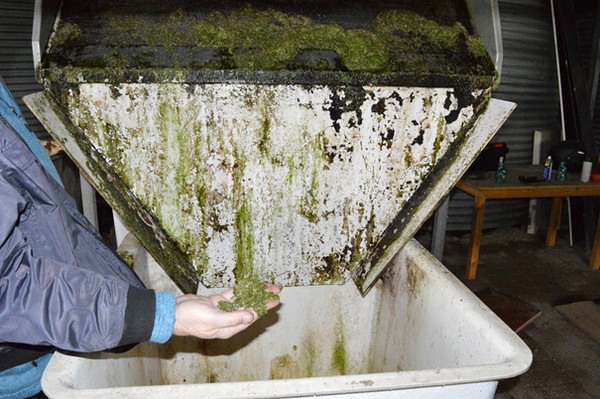 The entire water system is circular: from the rainwater tank, it goes to the storage tank, to the mixing unit, to the pond, to the sieve filter, back to the storage tank, and eventually back to the pond again. Apart from some duckweed, the water, which is kept at 12 degrees Celsius by the growers, is crystal clear.
The entire water system is circular: from the rainwater tank, it goes to the storage tank, to the mixing unit, to the pond, to the sieve filter, back to the storage tank, and eventually back to the pond again. Apart from some duckweed, the water, which is kept at 12 degrees Celsius by the growers, is crystal clear.
On foam
The roots of the Salanova lettuce that they are cultivating are hanging in this clean water. Roots that no longer grow from ordinary plugs this season, but from foam plugs. Aqua Grow is the first lettuce grower that has completely switched to Growfoam, which produces foam substrates. “An important step for us, because the grower shows that cultivating on 100% biodegradable and carbon-neutral produced clean foam is becoming more common," according to Niels Steenvoorden of Growfoam.
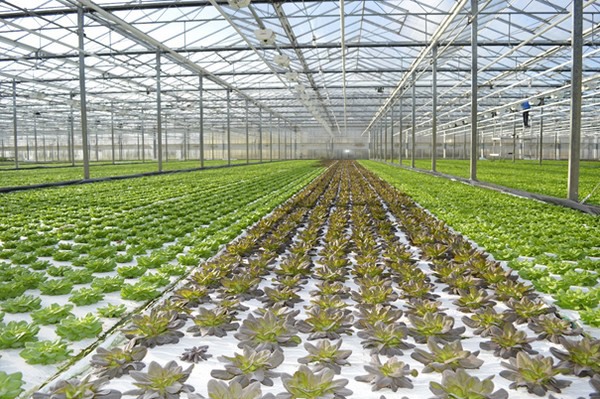 Except for the occasional fallout, the Salanova is growing towards the ideal head size halfway through January.
Except for the occasional fallout, the Salanova is growing towards the ideal head size halfway through January.
Johan, the growers, and also involved in the project biologist Job van der Burg, already notice that the germination of the Salanova lettuce is better on Growfoam, and there is much less fallout than before. "We think this is because the Growfoam absorbs water more easily," says Johan. “And it ensures a good air-water balance in the plug, to which the plant reacts positively," Niels adds. But perhaps even more important: trying to produce heads of lettuce of 200 grams is something that will be achieved easily. Testing, also in their own greenhouse, showed this and the rows of lettuce in the greenhouse also show the healthy, more evenly growing heads.
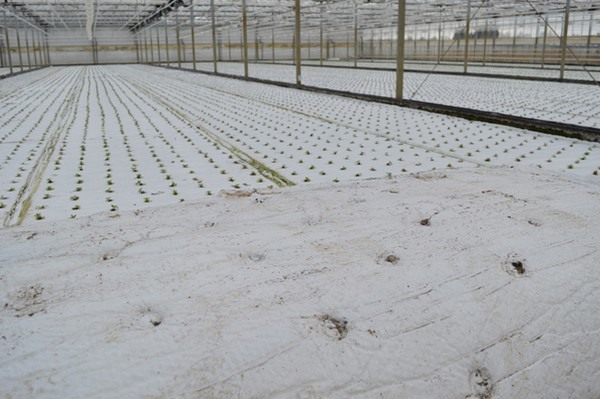 In self-developed foil, the Growfoam plugs are pressed with lettuce plants.
In self-developed foil, the Growfoam plugs are pressed with lettuce plants.
Foil
What stands out is that Aqua Grow is cultivating in ponds on foil. They sow in this foil. It is a system devised and developed by the growers themselves, which makes it much easier to get the lettuce on and off the ponds. In the long run, it is possible to automate some aspects. For example, sowing, which happens manually now. "If there is still fallout, it is often due to manual sowing," says Johan.
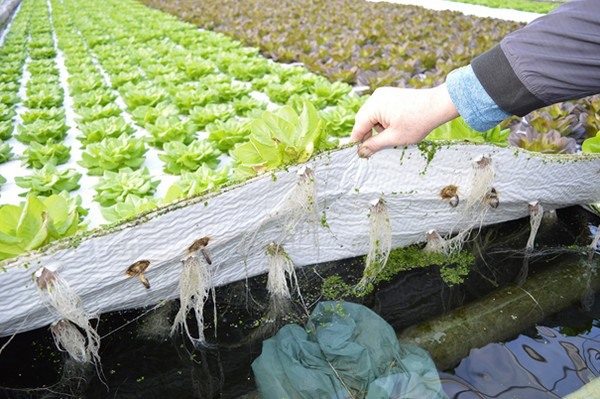 White roots at the bottom of the foil on which the growers are now cultivating lettuce in Growfoam.
White roots at the bottom of the foil on which the growers are now cultivating lettuce in Growfoam.
Fish
Back to the water. There is one H2O Sound per two ponds installed. Johan and the growers concluded this after testing. They are currently looking at what the optimal, as energy efficient as possible and as effective as possible, distribution of resonators per unit volume of water is. "It is important that the vibrations are given space and not blocked. And that the resonator is only turned on when there is water in the pond,” Johan laughs. "Without water, it is quickly done with this very powerful installation.”
There is one more piece of news: the aforementioned new development. "The aquaponics system is currently being completed", Johan shows. "We are going to combine aquaculture with hydroponic lettuce, where the fish feces become the fertilizer for the lettuce.” We, because Johan has become more involved in the project over the years.
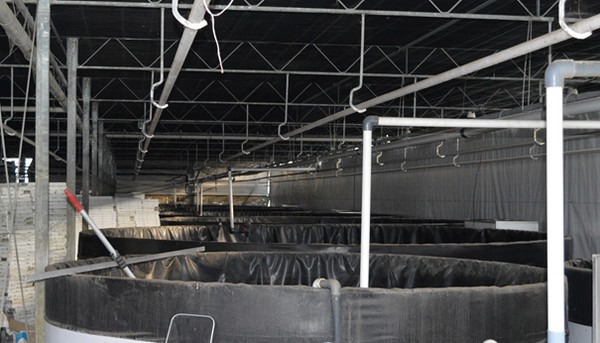 The fish will be put in these tanks.
The fish will be put in these tanks.
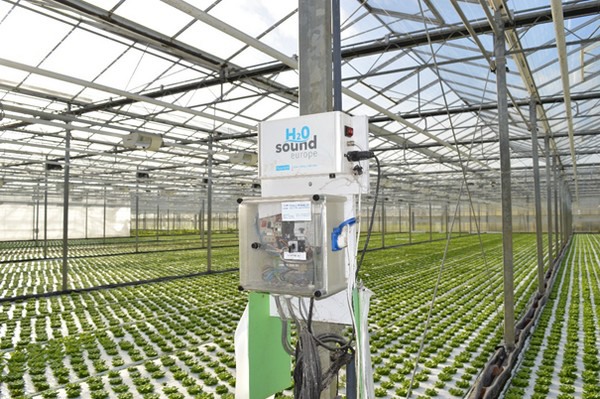 A view of the greenhouse with lettuce with the front panel and the controls of the nanocavitation in the foreground.
A view of the greenhouse with lettuce with the front panel and the controls of the nanocavitation in the foreground.
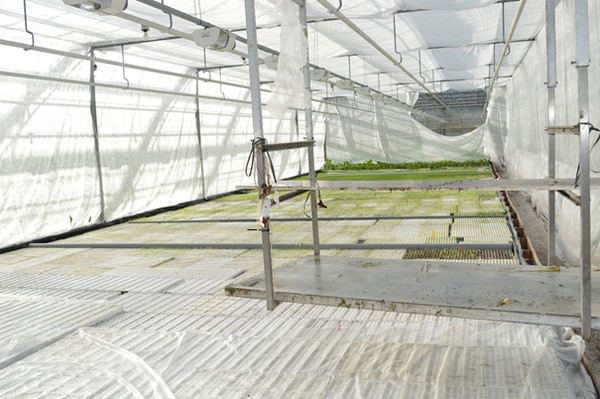 Here the nursery, where from the first day the plugs/plants are put on water.
Here the nursery, where from the first day the plugs/plants are put on water.
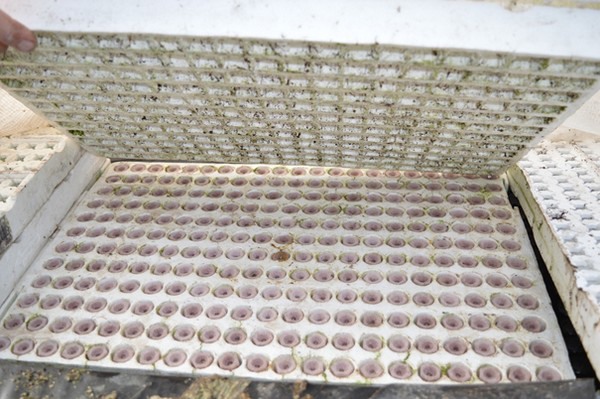 The first days after sowing, the plugs/plants are still covered for better germination.
The first days after sowing, the plugs/plants are still covered for better germination.
For more information: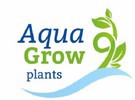
Aqua Grow
www.aquagrow.nl
infoaquagrow@gmail.com
H2O Europe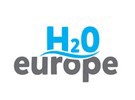
www.h2o-europe.com
info@h2o-europe.com
Growfoam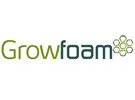
www.growfoam.ag
info@foamplant.nl
Niels Steenvoorden
n.steenvoorden@foamplant.nl
